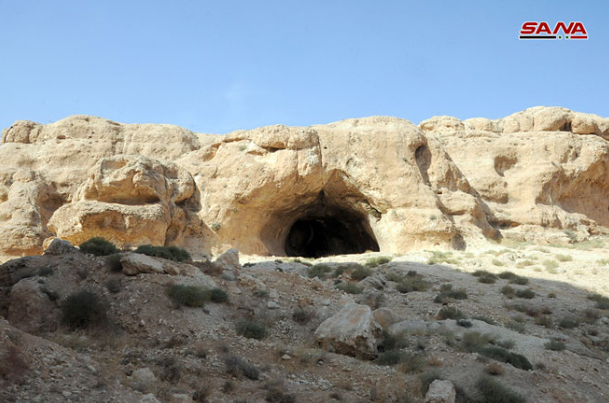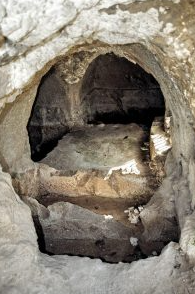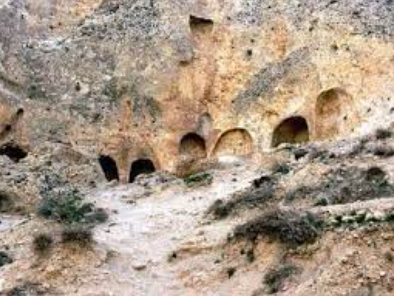The Iskafta Caves represent a pivotal site for studying Neanderthals in the Middle East. Excavations by D. Rust in 1930 revealed habitation chambers and flint tools associated with the “Yabroudi” culture, named after the site itself. The cave contains a rich Mousterian layer, featuring hand axe fragments and evidence of organized fire use. This is overlain by an Aurignacian layer, indicating the earliest settlement by anatomically modern humans.










